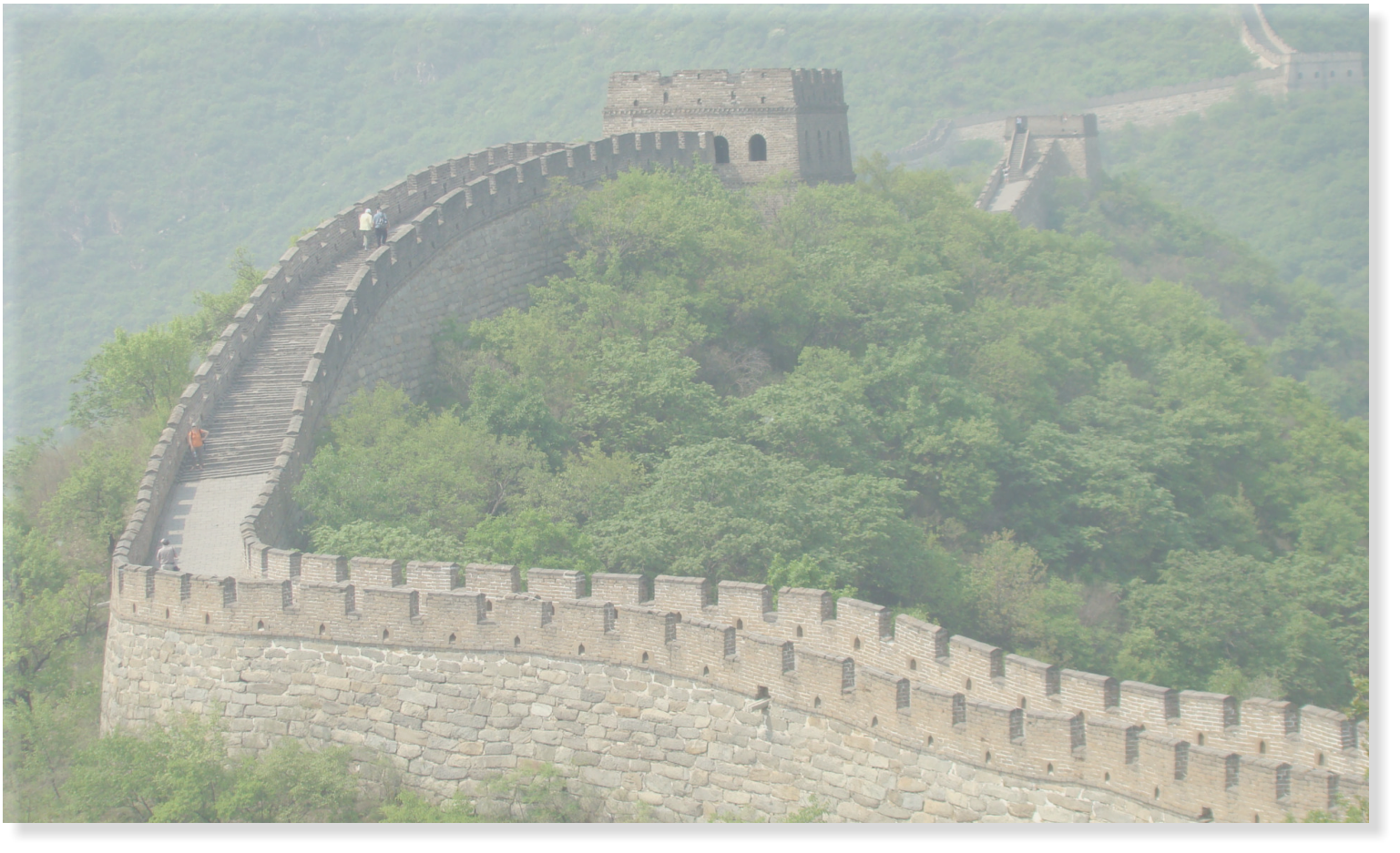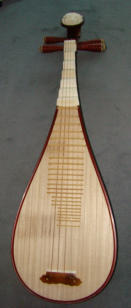
The pipa (Chinese: pinyin: PIPA) is a stringed musical instrument near traditional Chinese plucked string lute of West
and Eastern oud. This instrument appears for the first time in texts dating from the second century BC. AD ..
The Japanese name is derived form the biwa.
The bibacier (tree Biba), also called medlar from Japan to the West, named after the Chinese pipa gu,
meaning fruit [shaped] PIPA. Chinese spelling of the tree then changed while replacing the key to the two pieces
of jade used for strings by the wood for the trees pronunciation of the instrument is preserved there Pipa.
It is a four-stringed instrument whose body silk cut in a dugout hardwood block is pear-shaped flattened
bearing often engraved in the back, bas-reliefs, or mother of pearl inlays. Its very short handle
ends with a bent peg. It has 30 frets that cover part of the soundboard and and offer a wide range.









